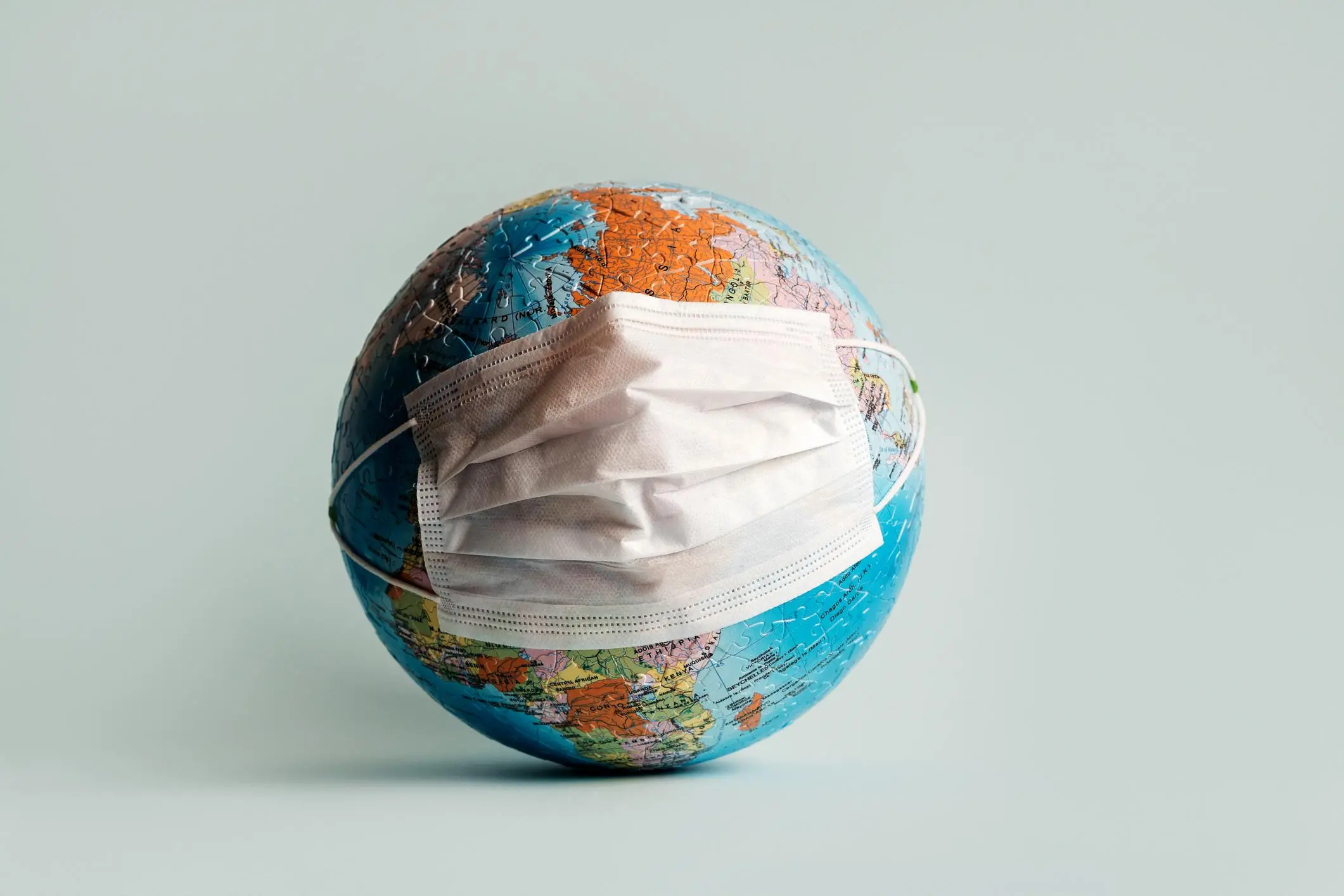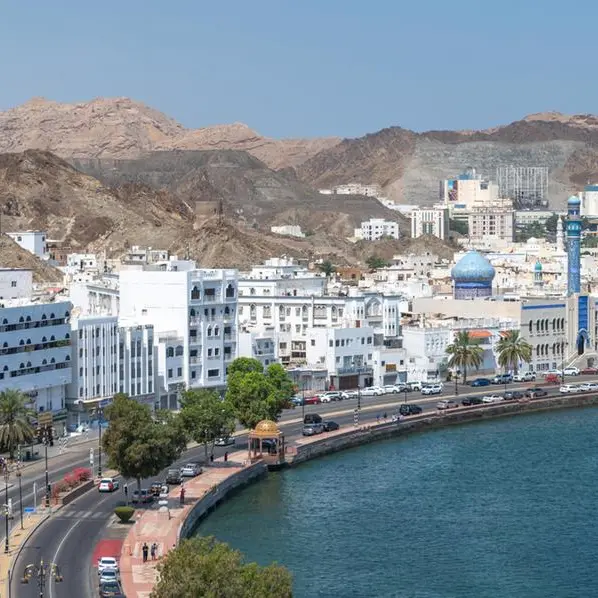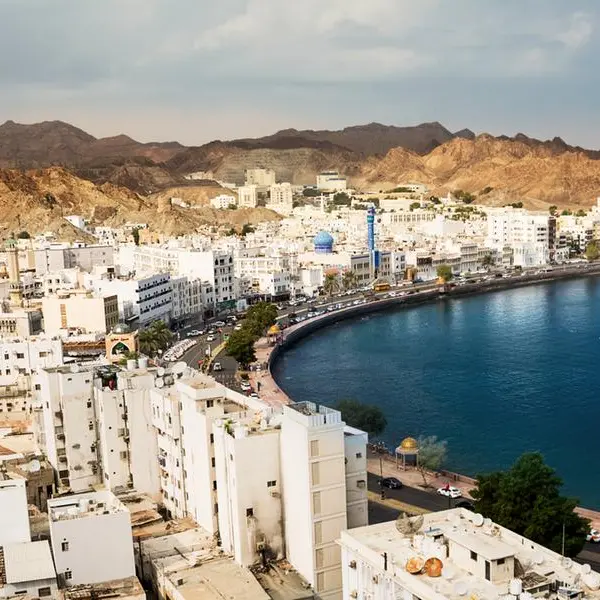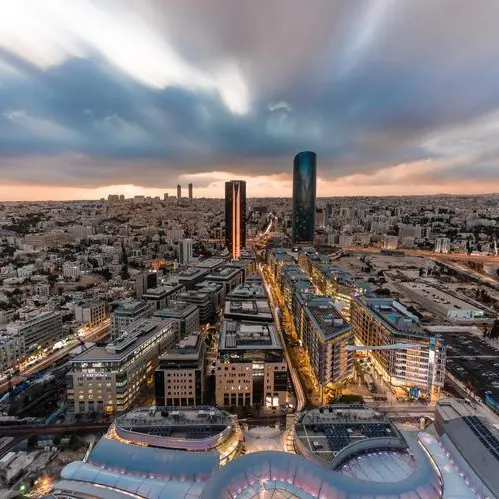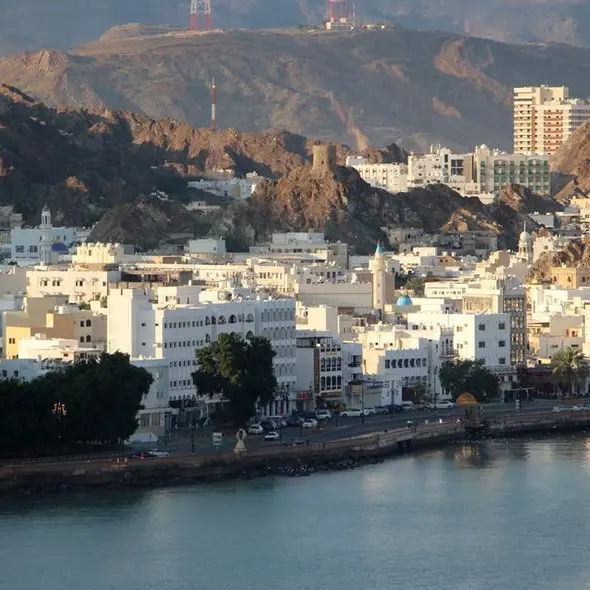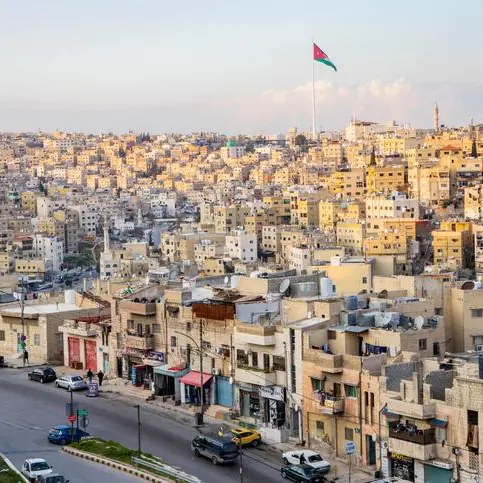PHOTO
Last week, the World Health Organization “celebrated” the export of the billionth dose of the COVID-19 vaccine under its much-hyped COVAX program to ensure global equity so that rich nations did not monopolize the much-needed medicines.
The COVAX program was launched as labs around the world began working on vaccines to counter COVID-19 — rich countries had already ordered and almost monopolized the entire production for the first several months. The extent to which the vaccine supply was concentrated in rich nations was evident from the fact that even India, which manufactures 80 percent of all vaccines of all kinds in the world, had to wait to get hold of COVID-19 doses manufactured in facilities in India as they had been “commandeered” by Western nations.
A report by Duke University last year said that rich nations, home to 16 percent of the world’s population, had cornered more than 60 percent of the total global supply of vaccines, enough to cover their entire populations several times over, while 84 percent of the world’s population was left without any assurance of vaccines.
It was in this scenario that WHO and the Global Alliance for Vaccines joined forces and launched the COVAX initiative to ensure equity around the world, so that the poor countries without resources to manufacture their own vaccines would have access to adequate supplies of vaccines to take care of their populations.
Despite pledging to supply vaccines for the programs, almost all the rich nations failed miserably in providing enough vaccines for well over six months. Having been launched in January 2021, COVAX began failing right from the start. By June, for instance, the shortfall had widened to 550 million doses as less than 100 million doses were made available; as against the pledge of nearly 700 million doses. In October, WHO admitted that it had failed to achieve its first target of 10 percent vaccination of all countries by the end of September and unveiled a new strategy with new targets. One was to achieve 40 percent total vaccination in all parts of the world by the end of 2021 and for 70 percent of the global population to be covered by mid-2022.
However, even there the program failed miserably. On Jan. 20, only 9.24 percent of the population of low-income countries had received a single dose, while 52.2 percent of the population of lower-middle income countries had been administered one dose. For WHO to have any hope of meeting its target of 70 percent of total vaccination by the middle of this year, or in barely over five months, the COVAX program would have to work wonders and at an unprecedented and nearly impossible rate.
Though the vaccine supplies to COVAX increased in the second half of the past year, mainly on the back of a promise by the US Biden administration to supply 500 million doses, the gap remains large and unbridged even today.
The challenge for COVAX lies not just in coaxing the rich nations to agree to a fair and equitable distribution of vaccines, but to address many other logistical challenges that governments in poorer countries face in taking the donated doses and delivering them to their populations.
Here, WHO and GAVI have faced embarrassing shortfalls that were completely foreseeable and predictable. First, a very large number of doses that developing nations received were weeks from their expiry dates, indicating that the donor nations sent vaccines that they could not use and would have destroyed anyway. This sounds a lot like the way rich nations export their waste to be thrown into the landfills of poorer nations.
Health activists say that in December alone, the recipient nations in Africa had to destroy 100 million doses received under COVAX as they had either expired or were very close to their expiry dates, making it impossible for them to be used in time. Experts say that the same fate may await hundreds of millions of other doses.
While it is shameful on the part of donor countries to send vaccines about to expire to meet their commitments, the wastage of vaccines does not stem only from their short shelf life once they are in recipient nations. Many of these hurdles are far from being insurmountable or even surprising.
First is the lack of adequate logistics for storage of vaccines in appropriate conditions once they are in the zones where the vaccinations will take place as many of these regions lack even basic facilities such as reliable electricity supply, let alone the high-quality refrigeration needed for most vaccines.
The other challenge is the lack of adequately trained personnel to administer doses in a safe and hygienic manner. There is also vaccine hesitancy in many parts of low-income nations, propelled by rumors such as the impact of vaccines on women’s fertility. Health workers in these countries report that even when they have vaccines, the rate of vaccinations is slow. The vaccination drive can also only proceed slowly due to other challenges such as access to remote areas.
None of these factors ought to have been a surprise for any of the stakeholders in COVAX — be it the donor nations, WHO or GAVI. WHO has already highlighted that it is running short of funds for offering the logistical support to nations who have received the doses to ensure that they are administered properly and on time. But here again the rich countries have been reluctant to come forward and provide assistance, which they easily can but have withheld so far.
The rich world needs to realize that by helping vaccinations proceed rapidly across the world they are helping not just the poorer nations but themselves. Scientists have long warned that it is best to take coordinated global action to ensure that the virus is stamped out. The longer the virus circulates in different parts of the world, the more mutations it will have, leading to newer and more vaccine-resistant strains such as omicron, which is currently ravaging the world. The world will be safe only when everyone is safe. And everyone will be safe only when they have been vaccinated.
• Ranvir S. Nayar is managing editor of Media India Group.
Copyright: Arab News © 2022 All rights reserved. Provided by SyndiGate Media Inc. (Syndigate.info).
